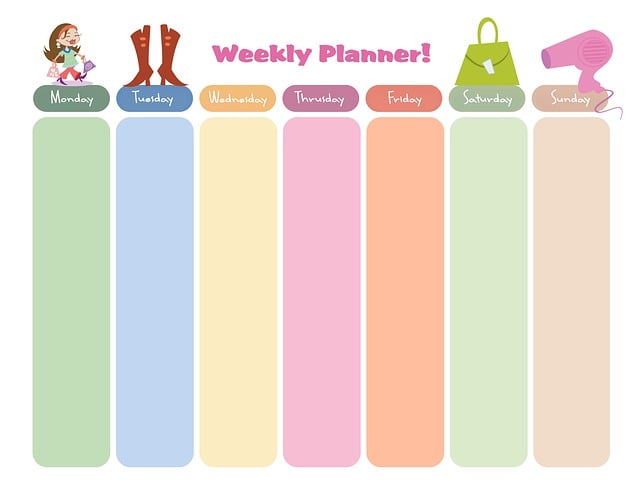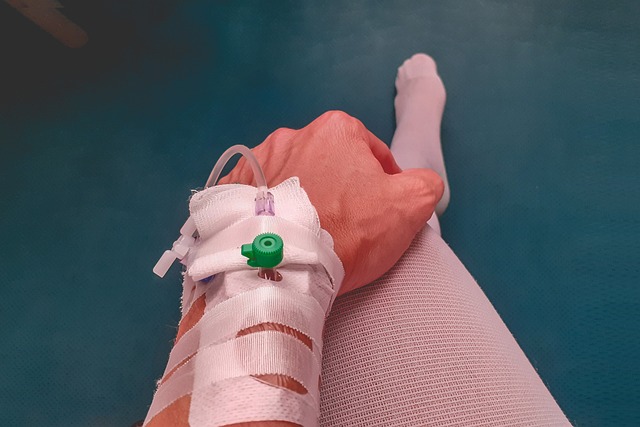Patient no-shows (10%–40% across specialties) cause operational inefficiencies & risks. Transportation issues, scheduling conflicts, forgetfulness and perceived low importance contribute. Automated patient reminders via SMS, email, or voice calls combat absenteeism, improving medical attendance rates by 50%. Personalized notifications encourage individuals to keep appointments, reducing administrative tasks for staff. Implementing multi-channel reminder systems streamlines processes, focusing healthcare professionals on care. Tracking metrics like no-show & attendance rates optimizes services based on data. Automated patient reminders foster accountability, improve chronic condition management, and enhance treatment outcomes.
In today’s fast-paced world, patient no-shows remain a significant challenge for healthcare providers. Automated patient reminders through SMS, email, and calls offer a promising solution to combat this issue. This article delves into the impactful effects of no-shows on healthcare operations and explores how technology-driven reminders can effectively reduce absenteeism. We’ll discuss optimal reminder channels, compelling content design, implementation strategies, and follow-up techniques to enhance patient engagement, ultimately leading to improved attendance rates. Discover the power of automated patient reminders in revolutionizing healthcare accessibility.
- Understanding Patient No-Shows and Their Impact
- The Role of Automated Reminders in Reducing Absenteeism
- Effective Channels for Delivering Patient Reminders
- Designing Compelling and Personalized Reminder Content
- Implementing and Tracking the Success of Automation Systems
- Enhancing Patient Engagement with Follow-up Strategies
Understanding Patient No-Shows and Their Impact

Patient no-shows, or missed appointments, are a significant challenge in healthcare settings, impacting both patient care and operational efficiency. Research indicates that no-show rates can range from 10% to 40% across various medical specialties, leading to increased costs, reduced revenue, and potential risks to patient health. Understanding the root causes of these missed appointments is essential for developing effective strategies to combat them.
Many factors contribute to patient no-shows, including transportation issues, scheduling conflicts, forgetfulness, or a lack of perceived importance attached to the appointment. In today’s fast-paced world, people often face numerous commitments, making it easy to overlook less urgent matters, such as medical appointments. Automated patient reminders through SMS, email, and calls offer a promising solution to mitigate these no-shows. By leveraging technology, healthcare providers can improve patient engagement, enhance scheduling reliability, and ultimately boost medical attendance rates.
The Role of Automated Reminders in Reducing Absenteeism

Automated patient reminders have emerged as powerful tools to combat absenteeism and significantly enhance medical attendance rates. By leveraging technology, healthcare providers can send timely and personalized notifications via SMS, email, or voice calls, ensuring patients remember their appointments. These automated reminders act as a safety net, gently nudging individuals towards keeping their commitments, which is especially crucial for those with busy schedules or limited access to healthcare services.
In the realm of no-show prevention tools, clinic reminder automation stands out as an effective strategy. By integrating such systems, medical facilities can streamline communication, improve patient engagement, and ultimately boost overall attendance. This simple yet powerful approach not only reduces the administrative burden on healthcare staff but also fosters a more efficient and responsive healthcare environment.
Effective Channels for Delivering Patient Reminders

In today’s digital age, healthcare providers have access to powerful tools for enhancing patient engagement and improving outcomes. One effective strategy is the implementation of automated patient reminders through various channels. SMS, email, and voice calls are proven to be efficient means of delivering medical attendance boost. These technologies allow for personalized and timely notifications, ensuring patients remember their appointments. For instance, a simple text message or a reminder call service can significantly reduce no-shows by gently prompting individuals to confirm their attendance.
Integrating healthcare scheduling reminders into routine practices offers numerous benefits. It respects patients’ preferences for digital communication while providing them with the convenience of managing their schedules efficiently. Moreover, this approach streamlines healthcare providers’ processes, allowing them to focus more on patient care rather than administrative tasks. Effective reminder call service implementation can thus create a seamless and positive experience for both patients and medical professionals.
Designing Compelling and Personalized Reminder Content

Designing compelling and personalized reminder content is key to ensuring effective automated patient reminders. These messages should be crafted with a deep understanding of patient demographics and preferences, going beyond generic text. For instance, including the patient’s name, tailoring language to their cultural context, and referencing prior interactions can significantly enhance engagement. The goal is to create a sense of connection, making patients feel valued and understood, which in turn encourages them to prioritize appointments.
Healthcare scheduling reminders, when delivered through a well-designed clinic reminder automation system, can be transformative. Leveraging SMS, email, or call services allows for multi-channel communication, ensuring patients receive the message that best suits their habits. Reminder call services, for example, can offer a more personal touch, with trained operators providing a human element to the automated process. By balancing technology and personalization, these strategies aim to improve attendance rates while creating a positive patient experience.
Implementing and Tracking the Success of Automation Systems

Implementing automated patient reminders through SMS, email, or phone calls is a strategic move to enhance healthcare services and improve medical attendance boost. This technology-driven approach simplifies the process of scheduling reminders, ensuring patients receive timely notifications for their appointments. By automating this task, healthcare providers can save time and resources while reducing human error in manual reminder systems.
Tracking the success of these automation systems is crucial. Metrics such as no-show rates, attendance rates, and patient satisfaction scores provide valuable insights into the effectiveness of automated patient reminders. Analyzing these data points allows healthcare institutions to gauge the impact on healthcare scheduling reminders and make informed decisions to optimize their reminder call service.
Enhancing Patient Engagement with Follow-up Strategies

Patient engagement is significantly enhanced through automated patient reminders, which act as a powerful tool to improve attendance rates and reduce no-shows. These strategies ensure that individuals receive timely notifications about their appointments, encouraging proactive participation in healthcare management. By leveraging SMS, email, or phone calls, healthcare providers can deliver personalized messages that remind patients of upcoming consultations, treatment plans, or follow-up visits.
Automated patient reminders not only simplify the scheduling process but also foster a sense of accountability and commitment among patients. The reminder call service, for instance, can significantly prevent no-show prevention tools from becoming outdated or forgotten. This approach is particularly beneficial in managing chronic conditions where consistent attendance is crucial for effective treatment and care coordination.
